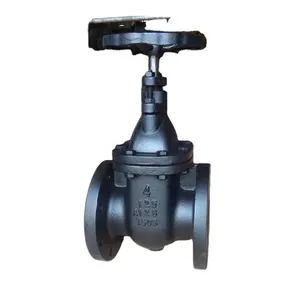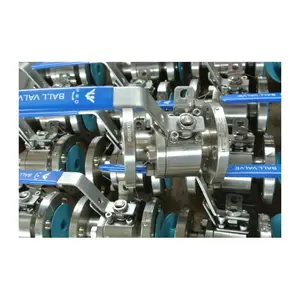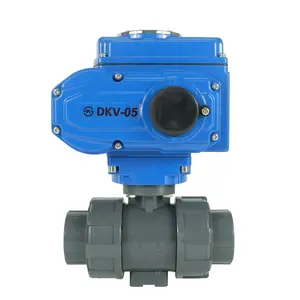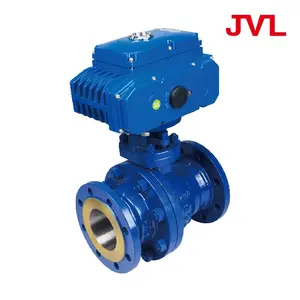Introduction to Motorized Valves
Motorized valves are essential components in modern fluid control systems, offering precise operation and automation capabilities. These valves, powered by electric motors, are integral in managing the flow and pressure within piping networks. The versatility of motorized valves makes them suitable for a wide array of applications, from industrial process control to domestic central heating systems.
Types and Applications
The range of motorized valve types is extensive, each serving specific functions. Motorized ball valves and motorized butterfly valves are common for their reliable sealing and quick operation. In residential settings, central heating motorized valves play a crucial role in heating regulation. Industrial sectors often utilize electric actuated ball valves for their durability and suitability for various fluids. Each type is designed to meet the operational demands of different systems, ensuring efficient flow control.
Features and Materials
The construction of a motorized valve involves various materials, each selected for its properties and compatibility with the intended application. Common materials include stainless steel, brass, and PVC, catering to different pressure ratings and environmental conditions. Features such as the motorized valve actuator are engineered for responsive control, often integrated with systems for remote operation and automation.
Advantages of Motorized Valves
The adoption of motorised valves in fluid control systems brings numerous advantages. Their precision in regulating flow minimizes waste and enhances system efficiency. The automation capability of valves like the Honeywell motorized valve allows for sophisticated control strategies, reducing the need for manual intervention and enabling consistent operation.
Selection Considerations
When selecting a motorised operated valve, it is crucial to consider factors such as the valve size, pressure rating, and the specific type of media it will regulate. Understanding the operational requirements of your system will guide you in choosing the appropriate motorised ball valves or motorised butterfly valve for your application.
Conclusion
In conclusion, the integration of motorized valves into fluid control systems enhances performance and reliability. With a broad spectrum of types and applications, these valves are pivotal in numerous industries and residential systems. By selecting the appropriate valve for your needs, you can achieve optimal control and efficiency in your fluid management processes.











































 浙公网安备 33010002000092号
浙公网安备 33010002000092号 浙B2-20120091-4
浙B2-20120091-4